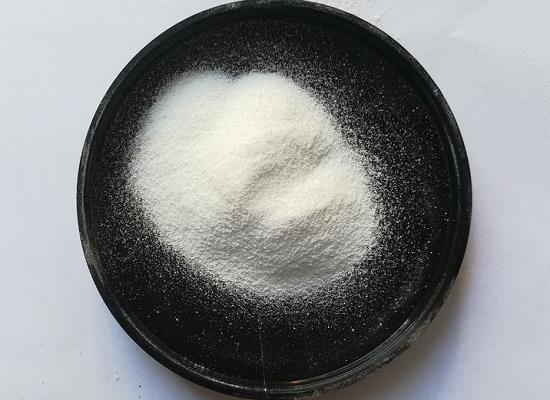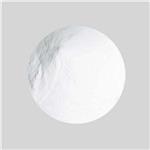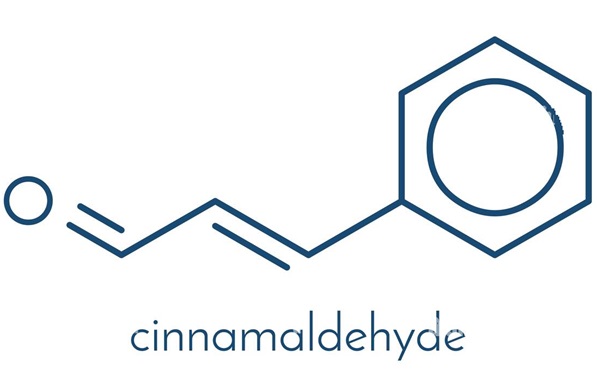Potassium Pyrophosphate: Physical Properties and Applications as Brine Solution in Osmotic Evaporation
Jul 15,2024
General Description
Potassium pyrophosphate exhibits intriguing physical properties, such as its relationship with refractive index, electrical conductivity, water activity, density, and viscosity. The solution's refractive index increases proportionally with salt concentration, while electrical conductivity peaks at specific mole fractions, reflecting a complex interaction of ion concentration and mobility. The Norrish model accurately predicts water activity based on solute concentration and water mole fraction, with minimal temperature influence. Density varies significantly with solute concentration, while viscosity depends strongly on temperature and concentration. In the context of osmotic evaporation, potassium pyrophosphate proves to be a viable alternative to traditional agents, showcasing comparable permeate flux values. Understanding these properties provides valuable insights for industrial applications involving potassium pyrophosphate solutions.

Figure 1. Potassium pyrophosphate
Physical Properties
Refractive Index and Electrical Conductivity
Potassium pyrophosphate demonstrates intriguing physical characteristics, particularly in refractive index and electrical conductivity. The refractive index of its solutions exhibits a precise quadratic increase relative to salt concentration. This relationship underscores its accuracy in optical applications. Concurrently, electrical conductivity reaches a peak at specific mole fractions, reflecting the intricate balance between ion concentration and mobility. Both properties are meticulously measured with minimal deviation, emphasizing the precise nature of potassium pyrophosphate's physical behavior. These findings highlight its significance in optical and electrochemical studies, promising advancements in diverse scientific and industrial fields.
Water Activity and Solvent Interaction
Understanding the water activity in potassium pyrophosphate solutions is crucial for various applications. By leveraging the Norrish model, the water activity can be accurately predicted based on the solute concentration and mole fraction of water. The model's effectiveness is demonstrated through experimental validation, highlighting its reliability in estimating water activity within narrow error margins. The influence of temperature on water activity proves minimal compared to solute concentration, emphasizing the intricate balance of solvent interaction within the solution.
Density and Viscosity Relationship
Analyzing the density and viscosity of potassium pyrophosphate solutions reveals intriguing patterns. The density primarily varies with solute concentration, showcasing significant fluctuations compared to temperature-induced changes. A robust correlation, based on established equations, accurately reproduces the experimental data, underlining the reliability of the density model. Furthermore, the viscosity of the solution, modeled using an Arrhenius approach, highlights a strong dependence on temperature and concentration, with a well-fitted correlation validated against experimental values. This comprehensive understanding of density and viscosity provides valuable insights for various industrial processes involving potassium pyrophosphate solutions. 1
Applications as Brine Solution in Osmotic Evaporation
A Viable Alternative in Osmotic Evaporation
Potassium pyrophosphate emerges as a promising osmotic agent, showcasing a final permeate flux comparable to that of calcium chloride solutions. The permeate flux, a critical parameter in osmotic evaporation, was measured at 0.914±0.087 kg.m-2.h-1 for potassium pyrophosphate, aligning closely with the performance of calcium chloride solutions. This parity, established at a 95% confidence level, highlights the efficacy of potassium pyrophosphate as a substitute for traditional osmotic agents like calcium chloride. The comparable results signify the versatility and effectiveness of potassium pyrophosphate in driving osmotic processes, paving the way for its broader adoption in industrial applications.
The Role of Water Activity
The behavior of permeate flux in osmotic evaporation systems is intricately linked to the water activity of the salt solutions at saturation. Sodium chloride, with its lower solubility, yields a saturated solution with reduced water activity, influencing its osmotic pressure generation. In contrast, the higher solubility of calcium chloride and potassium pyrophosphate gives rise to saturated solutions with lower water activity, consequently driving higher osmotic pressure - a crucial factor propelling the osmotic evaporation process. Understanding the interplay between water activity and salt solubility provides valuable insights into the mechanisms governing permeate flux variations in osmotic evaporation, underscoring the significance of selecting appropriate osmotic agents like potassium pyrophosphate for enhanced process efficiency and performance. 2
Reference
1. Potassium pyrophosphate. National Center for Biotechnology Information. 2024; PubChem Compound Summary for CID 23740.
2. Ricardo SO, Paulo LCL, Cristiano PB. Physical properties of potassium pyrophosphate and its use in osmotic evaporation. Chemical Engineering Research and Design. 2015; 104: 497-502.
- Related articles
- Related Qustion
- What is potassium pyrophosphate used in food? Jun 13, 2024
In the food industry, Potassium pyrophosphate is used as an emulsifier, quality modifier, chelating agent, and to help improve the taste of cakes and pastries.
- Potassium pyrophosphate: Applications and Uses Apr 7, 2023
Potassium pyrophosphate (K4P2O7) is a water soluble, buffering and chelating agent.
- Applications of Potassium pyrophosphate Jan 6, 2020
Potassium pyrophosphate is a whitish-colored powdered solid. Potassium pyrophosphate is toxic by ingestion, and/or inhalation. Contact with the substance should be avoided.
Cinnamaldehyde is a natural compound extracted from the plant cinnamon. It has tremendous therapeutic uses because of its antimicrobial, antidiabetic, anti-inflammatory and anticancer properties.....
Jul 12,2024Biochemical EngineeringTricyclohexyl phosphine facilitates [3+2] cycloaddition with [60]fullerene, catalyzes Suzuki and Heck reactions, and is synthesized via radical titanium-catalyzed tetraphosphorus transformation.....
Jul 15,2024APIPotassium pyrophosphate
7320-34-5You may like
Potassium pyrophosphate manufacturers
- Potassium pyrophosphate
-

- $6.00 / 1kg
- 2024-08-13
- CAS:7320-34-5
- Min. Order: 1kg
- Purity: 99%
- Supply Ability: 2000KG/Month
- Potassium pyrophosphate
-

- $6.00 / 1KG
- 2024-08-08
- CAS:7320-34-5
- Min. Order: 1KG
- Purity: More than 99%
- Supply Ability: 500KG/Month
- Potassium Diphosphate
-

- $9.00 / 1KG
- 2024-07-26
- CAS:7320-34-5
- Min. Order: 1KG
- Purity: 98%
- Supply Ability: 10 ton





